Physics Department "Nobel Prizes"
These prizes are awarded to individuals or lab groups for exceptional thoughtfulness, creativity, or elegance in experimental design or analysis. To receive an award, you must invent something original or take on a project that goes above and beyond the required lab activity.
Examples might be:
- Coming up with a novel way to reduce or estimate uncertainty.
- Improving on an experimental setup in an elegant and practical way.
- Designing or doing an extra experiment to test a hypothesis related to the lab.
To get a group award, all members of the group must understand the project - (We may ask any member of the group to explain it.)
Here are the most recent Nobel Prize Winners:
Catie Randolph and Chase Servin
Physics 11, Spring 2020
Doing experiments to measure the effective beam width of our photogates and calculating how much that would effect velocity measurements.
Miles Houser and Jasen Levoy
Physics 4B, Fall 2019
Convincing instructors that the "displacement current" term of Ampere's Law cannot be ignored for a resistor with a time-varying current.
Miles Houser and Jasen Levoy
Physics 4B, Fall 2019
Convincing instructors that the "displacement current" term of Ampere's Law cannot be ignored for a resistor with a time-varying current.
Lance Wilcken
Physics 4C, Spring 2017
Mathematically deriving the ideal shape for a lens.
Wesley Johanson
Physics 4C, Spring 2017
Coming up with a theory to explain unexpected results in the photoelectric effect lab.
Keenan Roop, Caleb Watts, Allie Hunsinger, Angie Cha
Physics 4B, Fall 2016
Designing experiments to explore wireless power transmission with coils and LEDs.
David Ayala, Erik Chavez
Physics 11, Fall 2016
Designing and testing ways to improve the performance of the Pasco sound resonance tube.
Alejandro Torres, Eiji Mori
Physics 4B, Summer 2016
Desiging and performing experiments to test different explanations for the motion of the grounding ball near a van de Graf generator.

Christopher Hedges, Francisco Piña, Antonio Lippa
Physics 11, Spring 2016
Predicting and testing the idea that a balloon can be blown up by pulling out the surrounding air.
Tim Holt
Physics 4C, Spring 2016
Designing an experiment to investigate why the double slit interference pattern doesn't go to zero in between fringes.
Stephanie Striegel, Miles Deane Howell, Ian Watts
Physics 4B, Fall 2015
Using dimensional analysis and experimentation to discover the formula for the reactance of a capacitor.
Jules Granick, Cierra Costello, Aren Pageler
(Their 2nd Nobel Prize!)
Physics 10 Lab, Fall 2015
Designing and conducting an experiment to test the prediction that doubling the voltage on a light bulb will make it four times brighter.
Jules Granick, Cierra Costello, Katie Freeman, Aren Pageler
Physics 10 Lab, Fall 2015
Going above and beyond the lab activity by making predictions
about the behavior of water in a balloon and testing out their predictions.